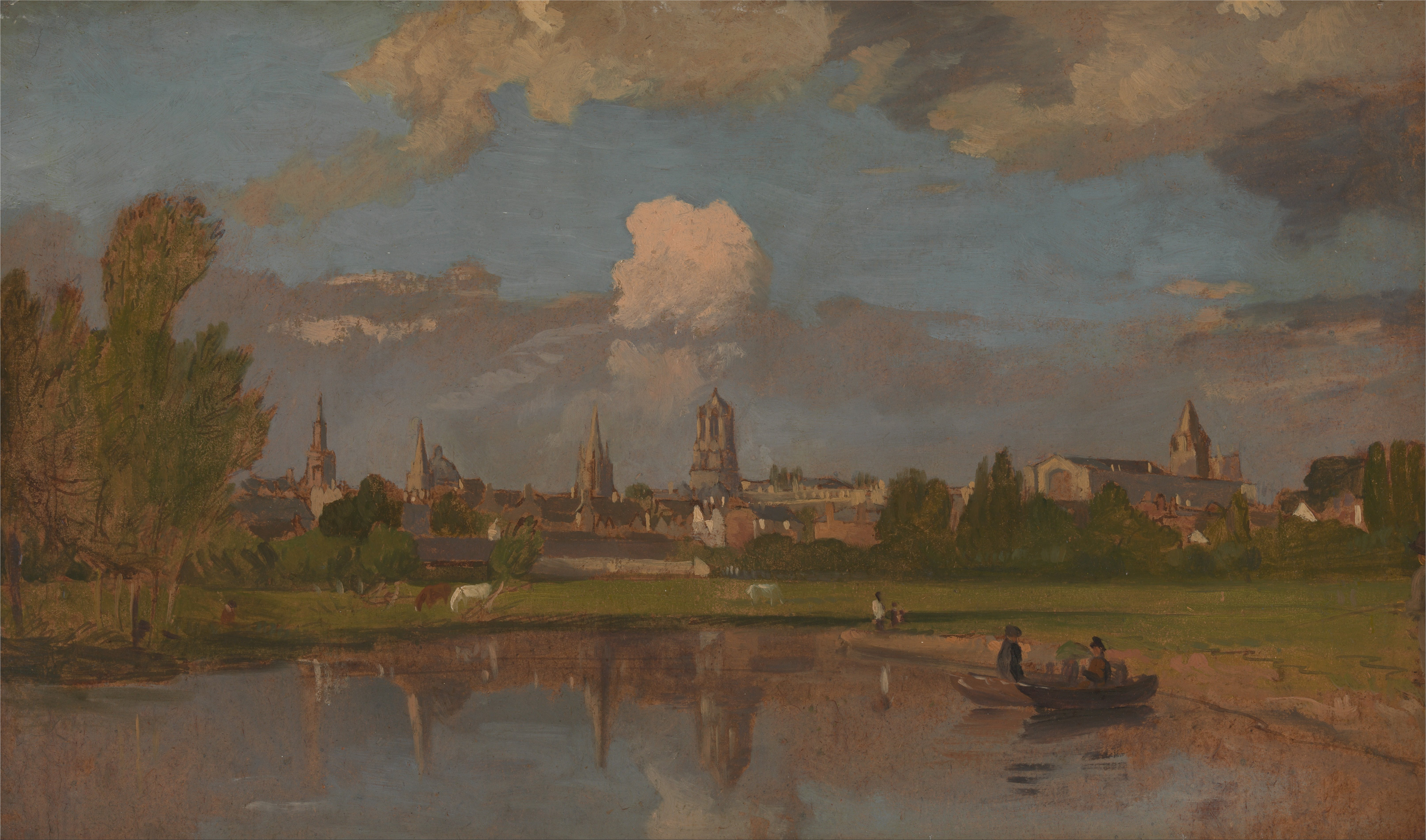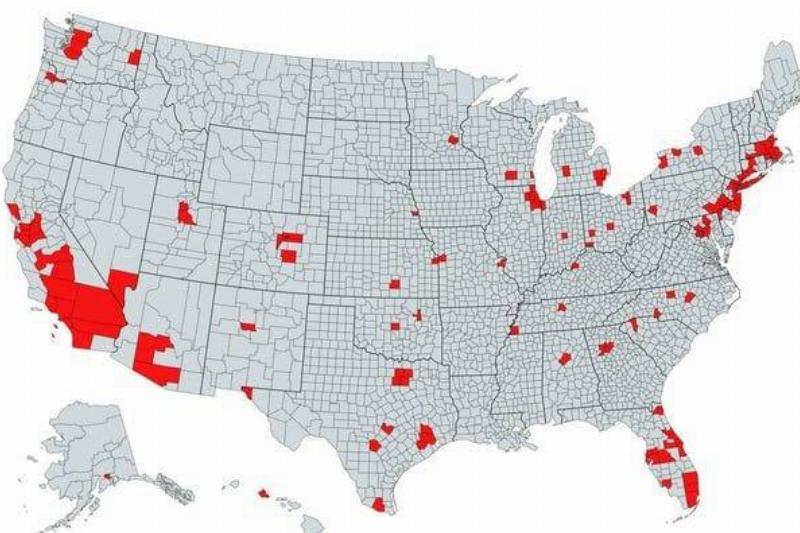Wiener Melange
- Home Page 47

Bad Coffee
This content is accessible to paid subscribers. To view it please enter your password below or send mike@standardsmichigan.com a request for subscription details.
Smart Cities: Wicked Problems
Smart cities: moving beyond urban cybernetics to tackle wicked problems
Cambridge Journal of Regions, Economy and Society, Volume 8, Issue 1, March 2015 | “The Smart City”
Abstract. This article makes three related arguments. First, that although many definitions of the smart city have been proposed, corporate promoters say a smart city uses information technology to pursue efficient systems through real-time monitoring and control. Second, this definition is not new and equivalent to the idea of urban cybernetics debated in the 1970s. Third, drawing on a discussion of Rio de Janeiro’s Operations Center, I argue that viewing urban problems as wicked problems allows for more fundamental solutions than urban cybernetics, but requires local innovation and stakeholder participation. Therefore the last section describes institutions for municipal innovation and IT-enabled collaborative planning.
So proud to announce the @ellisoninst is beginning construction on our new campus at the @UniofOxford and broadening our mission: Science & Engineering for Humanity. EIT develops & deploys technology in pursuit of solving four of humanity’s most challenging & enduring problems.… pic.twitter.com/vSkHWSS8EK
— David Agus (@DavidAgus) October 15, 2023
Canadian Parliament Debate on Standards Incorporated by Reference
Originally posted January 2014
In these clips — selected from Canadian Parliamentary debate in 2013 — we observe three points of view about Incorporation by reference (IBR); a legislative drafting technique that is the act of including a second document within a main document by referencing the second document.
This technique makes an entire second (or referenced) document a part of the main document. The consensus documents in which we advocate #TotalCostofOwnership concepts are incorporated by reference into legislation dealing with safety and sustainability at all levels of government. This practice — which many consider a public-private partnership — is a more effective way of driving best practices for technology, and the management of technology, into regulated industries.
Parent legislation — such as the Higher Education Act of 1965, the Clean Air Act and the Energy Policy Act – almost always require intermediary bureaucracies to administer the specifics required to accomplish the broad goals of the legislation. With the gathering pace of governments everywhere expanding their influence over larger parts of the technologies at the foundation of national economies; business and technology standards are needed to secure that influence. These standards require competency in the application of political, technical and financial concepts; competencies that can only be afforded by incumbent interests who build the cost of their advocacy into the price of the product or service they sell to our industry. Arguably, the expansion of government is a reflection of the success of incumbents in business and technical standards; particularly in the compliance and conformity industries.



About two years ago, the US debate on incorporation by reference has been taken to a new level with the recent statement released by the American Bar Association (ABA):
16-164-Incorporation-by-Reference-ABA-Resolution-and-Report
The American National Standards Institute responded to the ABA with a statement of its own.
16-164-ANSI-Response-to-ABA-IBR-06-16 (1)
The incorporation by reference policy dilemma has profound implications for how we safely and economically design, operate and maintain our “cities-within-cities” in a sustainable manner but, admittedly, the results are only visible in hindsight over a time horizon that often exceed the tenure of a typical college or university president.
A recent development — supporting the claims of ANSI and its accredited standards developers — is noteworthy:
U.S. District Court Rules in Favor of Copyright Protection for Standards Incorporated by Reference into Federal Reg https://t.co/Tw2OnpMqua pic.twitter.com/i84fjUvQDS
— ANSI (@ansidotorg) February 13, 2017
The National Institute for Standards and Technology (NIST) manages a website — Standards.GOV — that is a single access point for consensus standards incorporated by reference into the Code of Federal Regulations: Standards Incorporated by Reference Database. Note that this database does not include specific reference to safety and sustainability codes which are developed by standards setting organizations (such as NFPA, ICC, IEEE, ASHRAE and others) and usually incorporated by reference into individual state public safety and technology legislation.
LEARN MORE:
We applaud the Federal Government’s commitment to fund free access to the National Building Codes that are developed by the @NRC_CNRC. As a not-for-profit developer of standards that contribute to the health, safety and well-being of Canadians, CSA Group…https://t.co/QqhdkDvb7s pic.twitter.com/1KRDvxDTaC
— CSA Group (@CSA_Group) November 23, 2018
Strawberry Iced Latte
Cal Poly: University Budget 2024-2025 *
Facilities Management & Development | $1.2B Student Housing Expansion
College of Agriculture, Food and Environmental Sciences
California’s Collapse Is Far Worse Than Reported | Douglas Murray
📢 Have you heard? Cal Poly has once again been named a top producer of Fulbright U.S. Scholars! Learn more about the three impressive faculty that are taking their expertise global 🌎
🔗https://t.co/KhuUY01jf2 pic.twitter.com/cIYoWvvjbw
— Cal Poly (@CalPoly) March 10, 2025
Data Center Growth
The National Telecommunications and Information Administration requests comments on the challenges surrounding data center growth, resilience and security in the United States amidst a surge of computing power demand due to the development of critical and emerging technologies. This request focuses on identifying opportunities for the U.S. government to improve data centers’ market development, supply chain resilience, and data security. NTIA will rely on these comments, along with other public engagements on this topic, to draft and issue a public report capturing economic and security policy considerations and policy recommendations for fostering safe, secure, and sustainable data center growth.
Written comments must be received on or before November 4, 2024.
We track leading practice discovery and promulgation of this technology nearly every week. See our CALENDAR for sessions we coordinate with the IEEE Education & Healthcare Facilities Committee.
Related:
…and so on. We will likely submit recommendations to NTIA on this topic; with drafts open during any of our daily colloquia.
Power Management For Data Centers Challenges And Opportunities
Power Management For Data Centers Challenges And Opportunities
Erling Hesla and Robert D. Giese
Abstract: This paper presents a broad view of management of design and implementation of power systems for Data Centers. The paper outlines many challenges that are present because of the demanding requirements of Data Centers both in design and management, then introduces opportunities that recent technological advances have made possible. This paper presents several new approaches of ownership and responsibilities that directly affect financial viability of the Data Center.
IEEE Education & Healthcare Facility Electrotechnology
Readings / School Lunch
Thumbs up for today’s Chinese lunch to celebrate the upcoming #ChineseNewYear. The menu included sweet and sour chicken with rice and pak choi, crispy chilli beef and veggie chow mein, plus sticky coconut rice cake and fortune cookies. It was delicious! #portregis #schoollunch pic.twitter.com/DlMO9Zf1xs
— Port Regis School (@PortRegisSchool) February 6, 2024
Lunch time! #firstdayofschool at @CampErnstBlazer Middle School @Boone_County Thank you cafeteria staff for your service!! #KentuckySchools #BacktoSchool2022 #BooneNation pic.twitter.com/JTJSjKTNBu
— Dr. Jim Detwiler (@JimDetwiler1) August 18, 2022
+ USDA Promotes Program Access, Combats Discrimination Against LGBTQI+ Community
– No Free Lunch: Biden Admin Will Pull Meal Funding for Schools That Don’t Comply With Its LGBT Agenda
+ GOP governor vows to sue Biden admin so state can legally discriminate against trans kids
+ US Department of Health and Human Services: Child Welfare Information Gateway
– Biden: no lunch for poor kids unless schools allow boys in the girls’ restrooms
+ PART 210 – NATIONAL SCHOOL LUNCH PROGRAM
– Biden Administration Holds School Lunches Hostage to Radical Transgender Agenda
Health 400 | OB-GYN
National Center for Health Statistics: Birth Data Files
From Cheerleader & Footballer To Pregnant at 15
Jordan Peterson: Accidental Childlessness, The Epidemic That Dare Not Speak Its Name
REDDIT: An estimated 1/3 of all GenZ were aborted
Today we break down regulations, codes, standards and open-source literature governing the safety and sustainability of university-affiliated medical research and healthcare delivery facilities. Because of the complexity of the topic we break down our coverage:
Health 200. Survey of all relevant codes, standards, guidelines and recommended practices for healthcare settings.
Health 400. All of the above with special consideration needed for obstetrics, gynecological and neonatal clinical practice and research.
Today we confine our interest to systems — water, power, telecommunication and security; for example — that are unique to campus-configured, city-within-city risk aggregations. Electrotechnologies (voltage stability, static electricity control, radio-interference, etc.) in these enterprises are subtle, complex and high risk. Sample titles from legacy best practice literature in this domain are listed below:
American College of Obstetricians and Gynecologists: Levels of Maternal Care
Provision of Care, Treatment, and Services standards for maternal safety
Since our interest lies in the habitable spaces for these enterprises we usually start with a scan of the following titles:
International Building Code Section 407 (Institutional Group I-2) identifies requirements specific to healthcare settings, covering aspects such as fire safety, means of egress, and smoke compartments. Maternity and obstetric facilities within hospitals fall under this classification.
K-TAG Matrix for Healthcare Facilities
NFPA 70 National Electrical Code Article 517
NFPA 99 Healthcare Facilities Code
NFPA 101 Life Safety Code Chapters 18 & 19
ASHRAE 170 Ventilation of Healthcare Facilities
Relevant Institute of Electrical and Electronic Engineers research
Towards Deeper Neural Networks for Neonatal Seizure Detection
A System to Provide Primary Maternity Healthcare Services in Developing Countries
Deep Learning for Continuous Electronic Fetal Monitoring in Labor
Reorganizing of University Hospital of Oran’s operating theatre: Simulation approach
Finally, we collaborate with the IEEE E&H Committee on the following IEC committee projects from IEC/TC 62 Electrical equipment in medical practice:
– Common aspects of electrical equipment used in diagnostic imaging equipment
– Equipment for radiotherapy, nuclear medicine and radiation dosimetry
– Electromedical equipment for neonatal care
![]()
More
A relatively new publisher of related standards is the Facility Guidelines Institute. We are monitoring its catalog and its processes. The healthcare facility industry is likely large enough for another non-profit but we have yet to see meaningful leading practice discovery and promulgation that is unrelated to the literature that is already out there.
Health Insurance Portability and Accountability Act (HIPAA)
Health care cost as percentage of Gross Domestic Product for six representative nations.
Association of Academic Health Centers
International Conference on Harmonization: The ICH guidelines provide guidance on the development of pharmaceuticals and related substances, including clinical trials, drug safety, and efficacy.
Animal Welfare Act and the Institutional Animal Care and Use Committee
Good Laboratory Practice: GLP is a set of principles that ensure the quality and integrity of non-clinical laboratory studies. It ensures that data generated from non-clinical laboratory studies are reliable, valid, and accurate.
International Code Council Representation of Interests
In the early to mid-1900s, some US colleges used orphaned babies in home economics programs to teach child-rearing skills
These children were referred to as "practice babies" pic.twitter.com/FZCkeu0p2m
— UberFacts (@UberFacts) August 17, 2023
👩⚕️👩🎓 Warmest congratulations to UCD School of Nursing, Midwifery and Health Systems’ Higher Diploma in Midwifery group (2022-2024), who have officially completed their 18-month programme to become registered midwives 👏👏👏 pic.twitter.com/hixD1gT1no
— University College Dublin (@ucddublin) March 7, 2024
New update alert! The 2022 update to the Trademark Assignment Dataset is now available online. Find 1.29 million trademark assignments, involving 2.28 million unique trademark properties issued by the USPTO between March 1952 and January 2023: https://t.co/njrDAbSpwB pic.twitter.com/GkAXrHoQ9T
— USPTO (@uspto) July 13, 2023
Standards Michigan Group, LLC
2723 South State Street | Suite 150
Ann Arbor, MI 48104 USA
888-746-3670






















